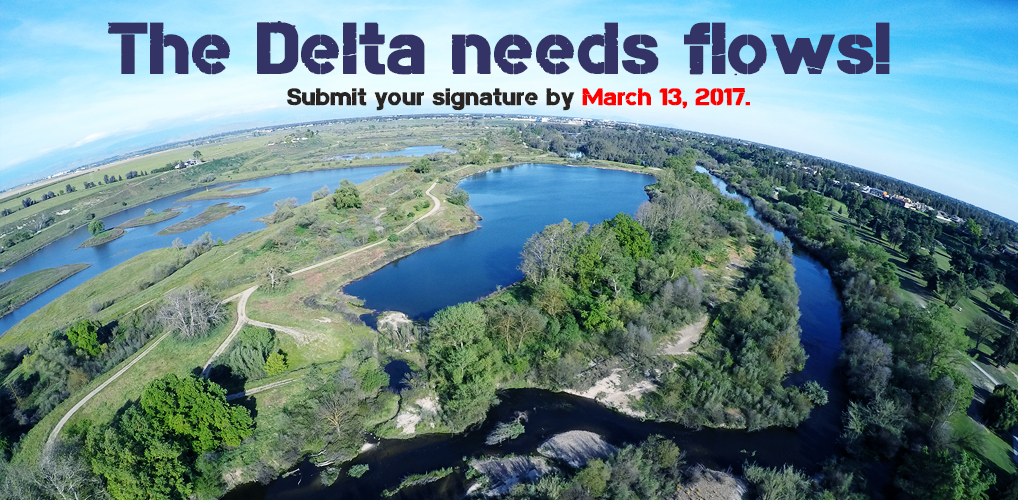 Scientific reports published over the past several years have sent a clear message: The San Francisco Bay-Delta, the largest estuary on the West Coast, is on the brink of collapse. Millions depend on this estuary for their livelihoods.
Scientific reports published over the past several years have sent a clear message: The San Francisco Bay-Delta, the largest estuary on the West Coast, is on the brink of collapse. Millions depend on this estuary for their livelihoods.
The Bay Institute recently published a study, "San Francisco Bay: The Freshwater – Starved Estuary," which documents how the ecological health of San Francisco Bay and the nearby ocean is at high risk because large-scale water diversion in the Bay’s watershed severely limits the amount of fresh water that reaches the Bay and alters the timing of that flow. They warned, "As our Bay, beaches, wetlands, and fish and wildlife populations deteriorate, the quality of life for many Bay Area residents will also be severely – and perhaps permanently – damaged."
We must make sure that the Board hears from us and is not influenced by the special interests that have dominated our water policy for too long.
Join us in telling the State Water Board that the Phase I update of the plan must follow these points:
1) A permanent reduction of exports must happen to protect the Delta.
What is the true efficacy of this update to San Joaquin flow standards if water exports from the Delta are not going to be dealt with? The San Joaquin River must reach Chipps Island in order to restore, protect, and preserve the entire estuary. If unsustainable water exports are not dealt with, we worry that water quality and quantity objectives for the Delta will never be met.
2) We do not want to see a weakening of salinity standards in the South Delta.
Water quality standards must be protected for drinking water, agriculture, municipal discharge, fisheries, recreation, and ground water recharge, and to reduce the future risk of increased harmful algal blooms that are toxic to humans, dogs, fish, and wildlife in south Delta channels.
3) The State Water Board must consider environmental justice communities in terms of drinking water and domestic use.
Phase 1 Recirculated Draft SED fails to consider environmental justice communities in chapters 5 and 9 (hydrology/water quality and groundwater).
4) We believe that water flows on the San Joaquin River must be adequate to restore and protect fisheries—and to protect the public trust value of the Bay-Delta estuary.
A 40% restoration of flows will not accomplish this end. Science tells us that we need 60% of flows restored on the San Joaquin River for the health of the Bay-Delta.
Sign at the Restore the Delta peititon page.


 Advertising
Advertising